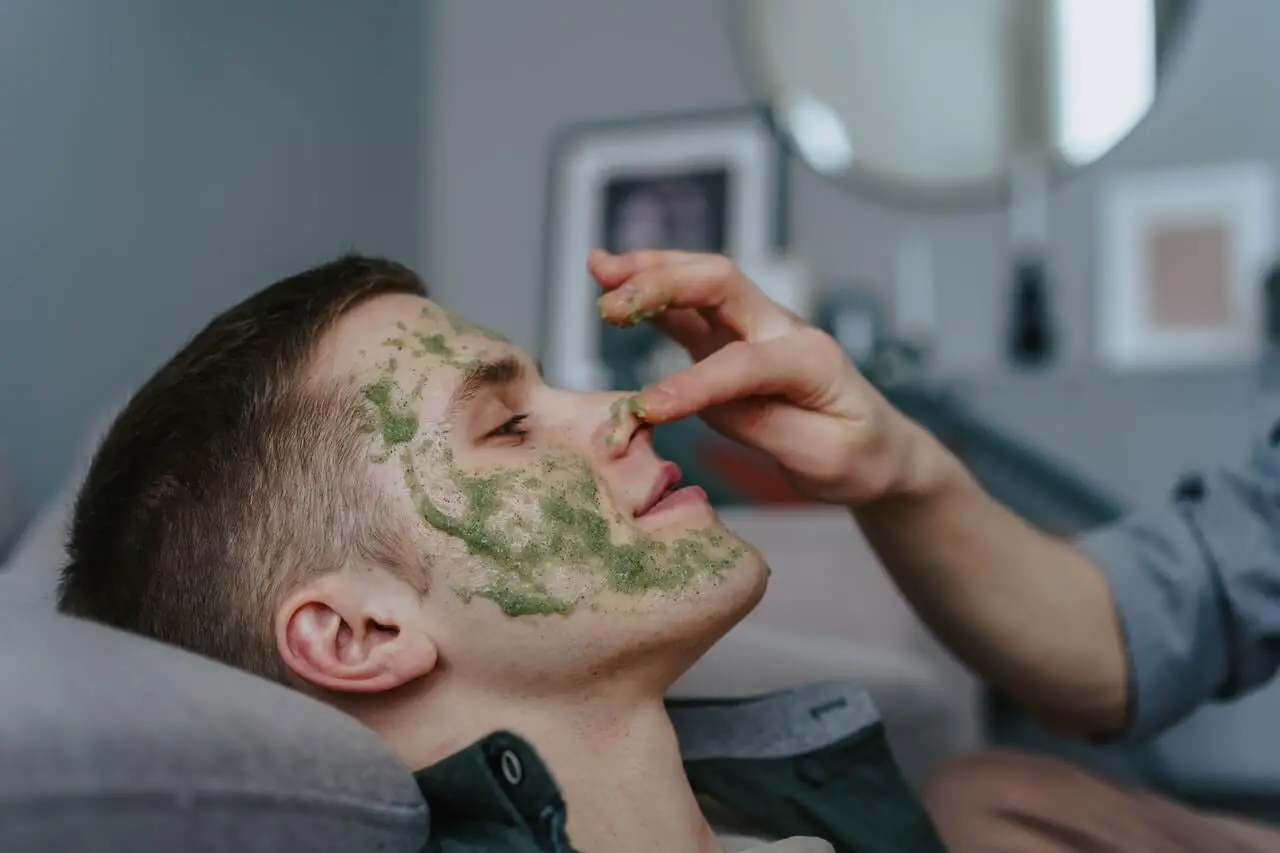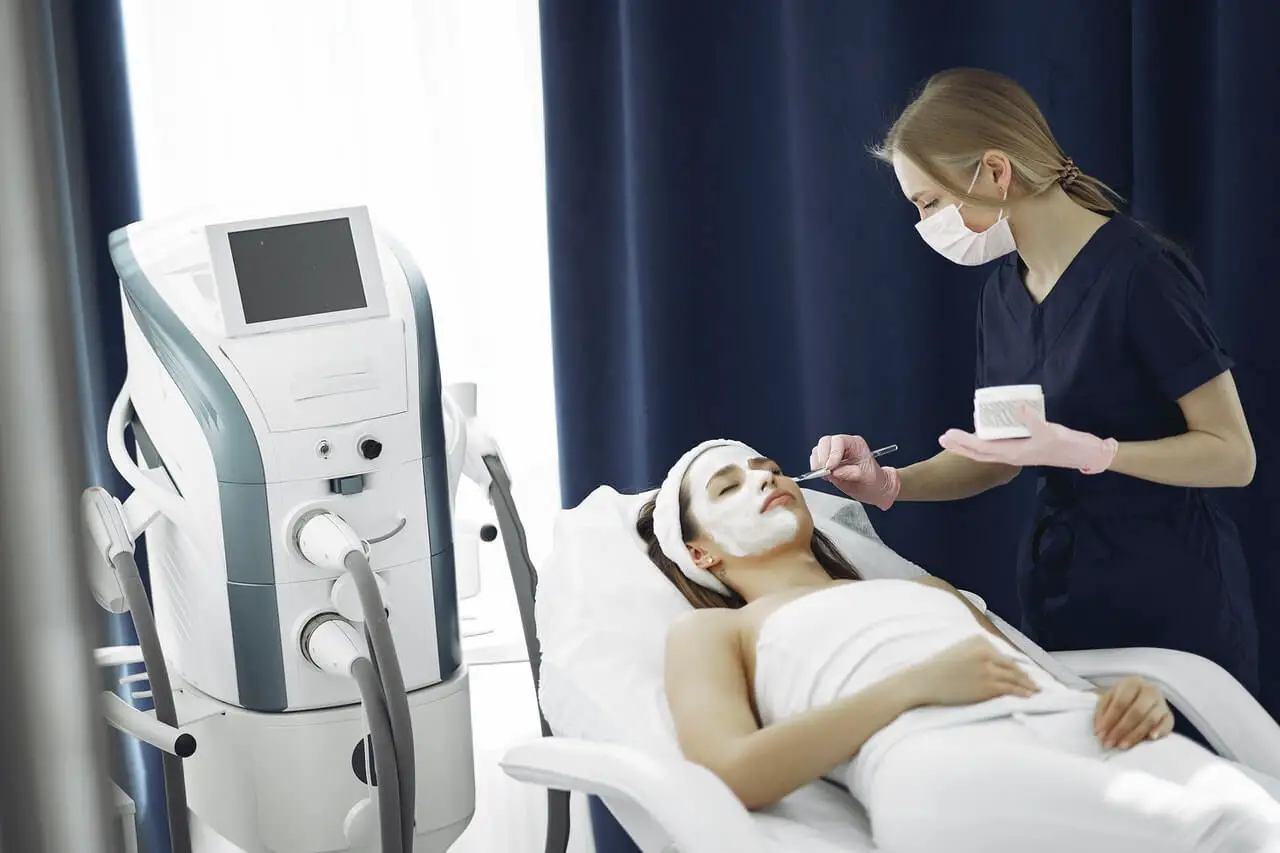If you want a career that leaves you both creatively fulfilled and financially secure, then the field of beauty care might be just what the doctor ordered. But before you jump in with both feet, know that this is not a walk in the park. Becoming an esthetician requires time, dedication, and a hefty upfront investment of time and money. A normal esthetician school cost requires a minimum of 1,200 hours of classroom instruction, along with a year or two of hands-on work experience on the job.
A normal esthetician school cost includes enrollment in cosmetology school (1,500 hours), the registration fee (if you are a new comer), and the cost of books. However, this cost varies widely depending on where you live and how you register.
THE BASICS
Here Are Answers to Some of the Questions you’re Probably Pondering:
What Exactly Does An Esthetician Do?
An esthetician is a licensed beauty care specialist who’s trained in skin care, hair removal, and skin and body treatments. In general, estheticians work in spas, salons, and medi-spas. They may also do facials at day spas or even hotels.
An esthetician uses a number of treatments to enhance the skin and remove hair, including chemical peels, microdermabrasion (minimally invasive exfoliation), waxing, and dermaplaning. Estheticians also educate clients about skin care in order to help them keep their skin clear and healthy.
What Do You Have To Do To Become An Esthetician?
The road to your esthetician license is a long one. First you need three years of cosmetology school. Then you’ll need a state license designed for esthetician training that requires 300 hours of previous training and 1,000 hours of practical experience. Finally, you must take two exams: one from the National Board of Cosmetology and another from the National Center for Competency Testing (NCCT).
Depending on your state and your desired career path, there are many ways to advance in the field. This chart shows the various routes to licensure:
Licensed Esthetician Associates (LEA)
Unlicensed Esthetician, at least two years of experience as a licensed esthetician in another state that are equivalent to state requirements for an esthetician license. Applies to states that have reciprocity agreements with other states.
Licensed Esthetician (LE)
Unlicensed Esthetician, at least two years of experience as a licensed esthetician in another state that are equivalent to state requirements for an esthetician license. Applies to states that do not have reciprocity agreements and other states that do not recognize licenses that are issued within the same state.
Advanced Esthetician
LEA or LE, at least two years of experience as a licensed esthetician in another state that are equivalent to state requirements for an esthetician license. Applies to states that do not have reciprocity agreements and other states that do not recognize licenses that are issued within the same state.
Licensed Advanced Esthetician (LAE)
LEA, at least five years of experience as a licensed esthetician in another state that are equivalent to state requirements for an esthetician license. Applies to states that do not have reciprocity agreements and other states that do not recognize licenses that are issued within the same state.

What Are the Basic Requirements for Becoming an Esthetician?
Education and training. There are many different paths to esthetician licensure.
1. Cosmetology And Esthetics Education
Cosmetology focuses on hair and skin care, skin diseases, and beauty treatments such as facials, waxing, and electrolysis. You’ll learn many of the same skills as an esthetician but with a less sophisticated focus. Most cosmetology programs require one year of preprofessional courses, followed by two years of professional studies. Many states now provide a two-year program that requires only 150 hours of preprofessional classes and 150 hours of practical training.
2. Esthetician Licensure in State
If you’re an enthusiastic and dedicated student, your state could provide an advanced license that would allow you to practice independently after completing its general program for estheticians. This is usually for experienced students who have a year or more of experience and at least 300 hours of practical training.
3. NCCT Esthetician Licensure
If you’re a passionate and dedicated student, your state could provide an advanced license that would allow you to practice independently after completing its general program for estheticians. This is usually for students who have a year or more of experience and at least 500 hours of practical training.
4. Advanced License by National Board of Certification
If you want to stay in the beauty care business, you might want to consider the professional certification that you’d need to enter into on a national level. This would allow you to work independently nationwide, even if you are licensed in another state.
Is School Right as an Esthetician?
For some people, a cosmetology or esthetician program is a natural fit. If you’ve always been interested in hair and skin care, you might find that the academic portion of cosmetology school is easy for you, and that you really love the hands-on experience. But if you can’t wait to graduate and begin working as an esthetician, you might want to think twice before enrolling.
Be sure to consider the fact that while being a cosmetologist is more forgiving on time and money than being an esthetician, it’s not as financially rewarding. For example, an experienced esthetician can earn $25 to $35 an hour, while a cosmetologist can earn about half that much.
How Can You Get the Experience You Need to Become a Licensed Esthetician?
Your first step is choosing a school that offers the practical experience and training you need to get your foot in the door. Below are some ways you can increase your chances of finding a good fit:
1. Esthetics school. The best way to increase your chances of finding a school that fits your personality is to attend an esthetics program.
2. School near your home. You may find it easier for you to pay the tuition for a school that’s close by, or you can take classes at the cosmetology school in your community.
3. Look beyond class dates. Check out a program’s course offerings. You’ll want to look at class schedules, so you know when practical training is offered and can apply for that training when it’s available.
4. Contact schools directly. When you find a nemesthetics school that looks as if it would be a good fit, call or visit and ask about the practical experience required for licensing as an esthetician through state boards of cosmetology.
5. Don’t limit your search to a particular certificate or program. If you can’t find what you want at the school for which you have applied, then look at schools that offer programs that are either similar or completely different from the ones for which you have applied.
6. Check out online schools. There are many online courses available that require no attendance, and they often cost much less than traditional classroom schools.
This chapter has given you a lot of useful information about becoming a licensed esthetician. We hope that you’ve learned what it takes to be licensed and that you can use the information to make well-educated decisions about your future.
